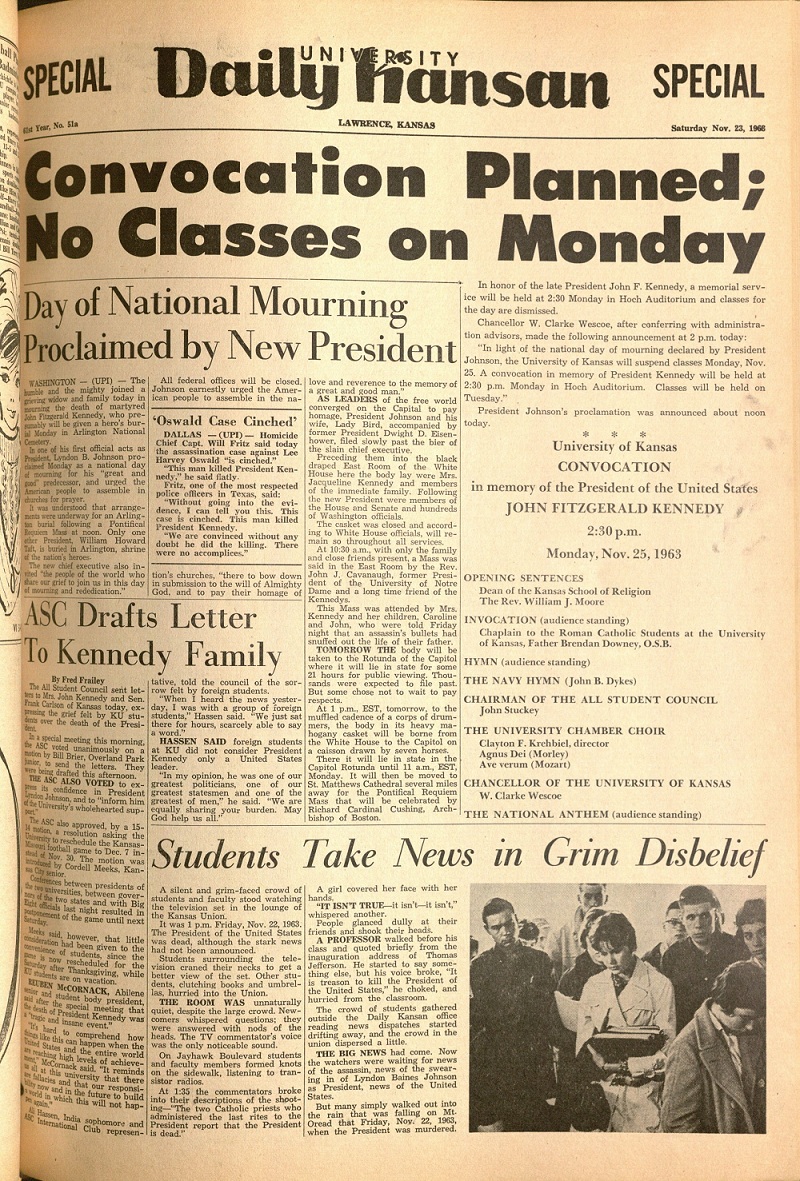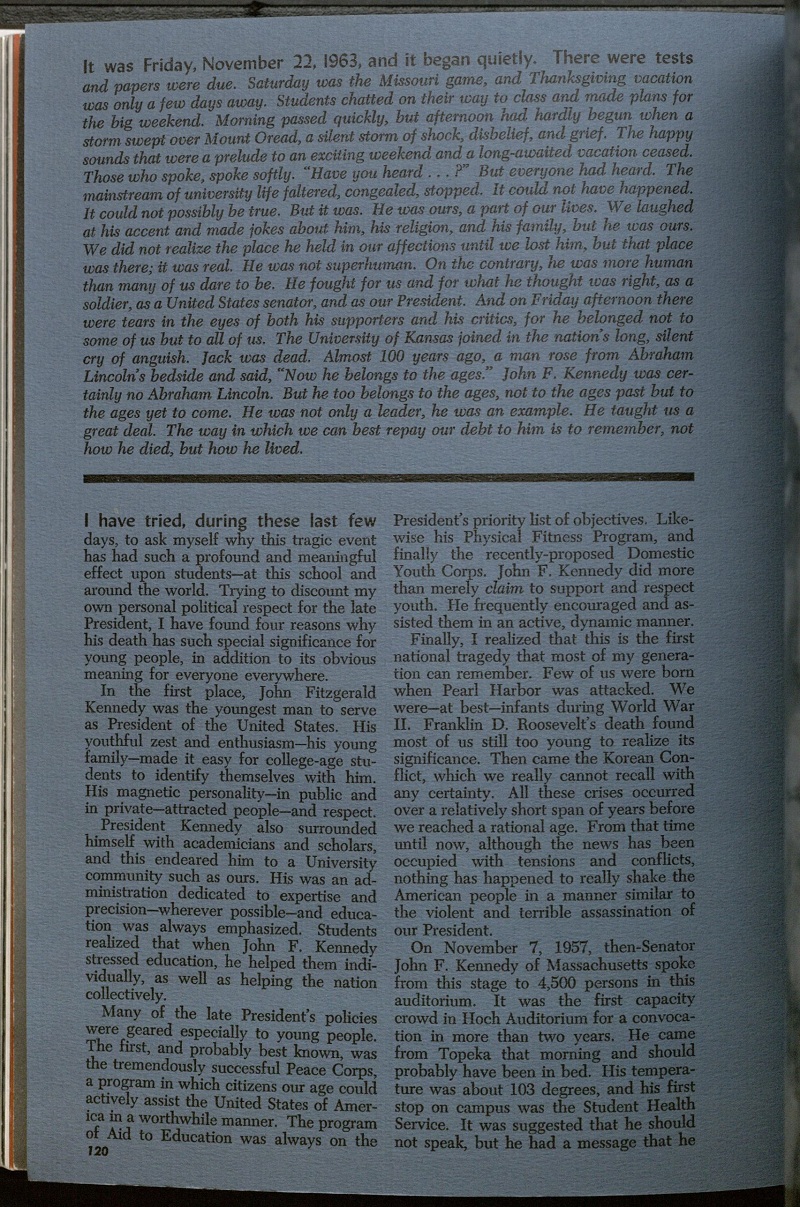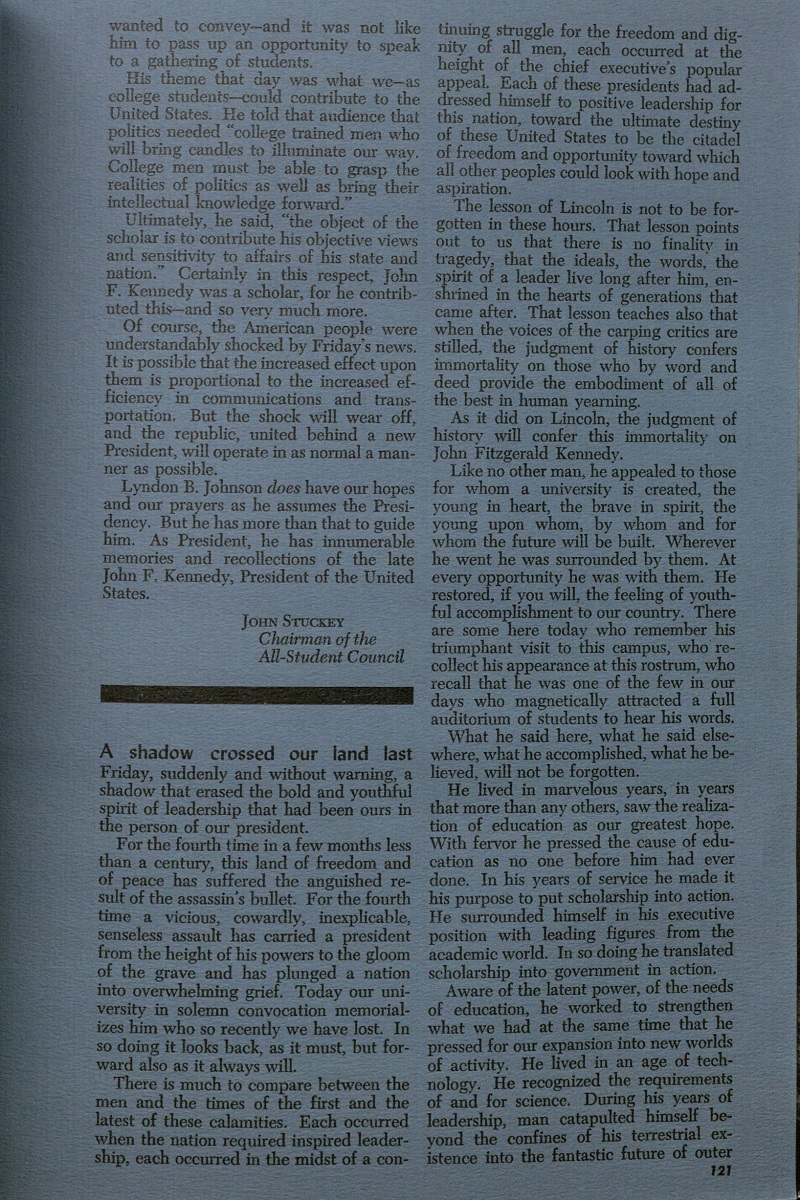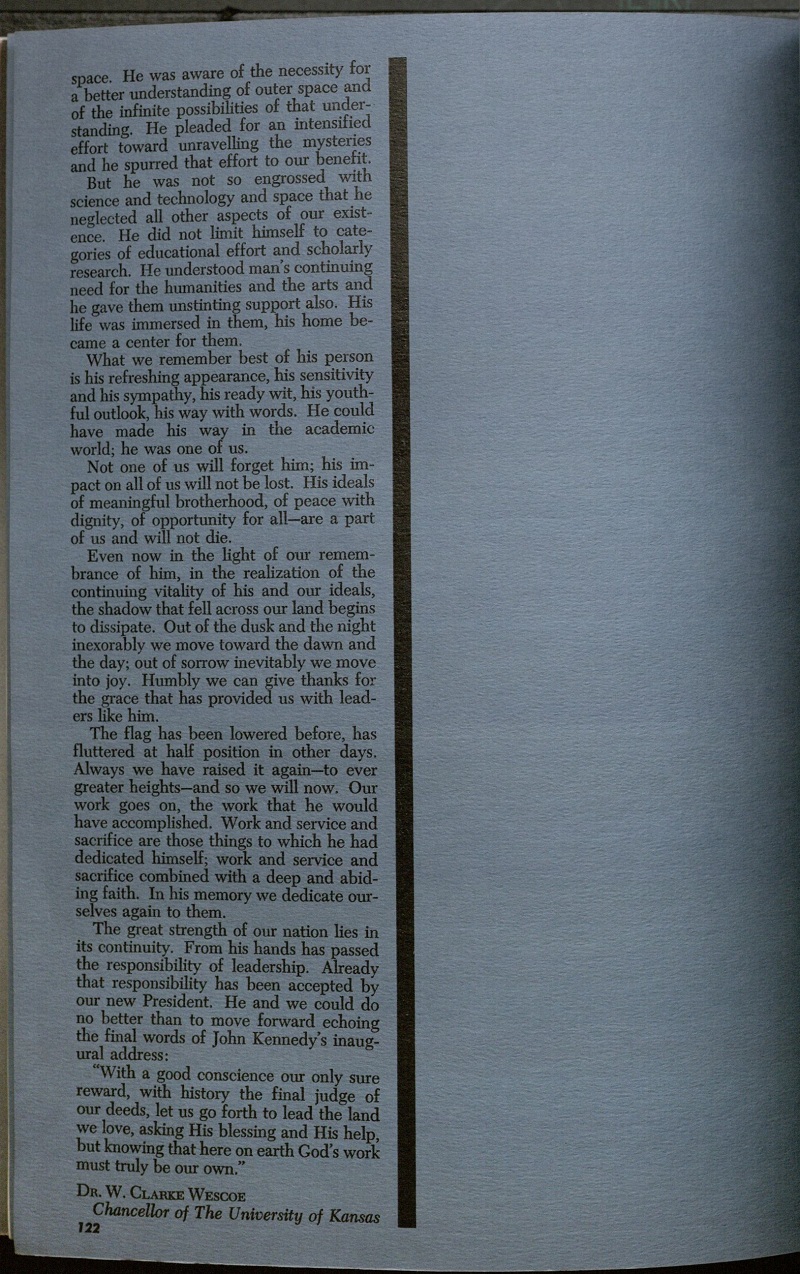Cards of Christmas Past: 1900s – 1920s
December 20th, 2013***Reminder: The Kenneth Spencer Research Library will be closed December 21-December 29, 2013 and January 1, 2014. ***
The 2013 holiday season is underway, and many of us are preparing to send (or have sent) cards to friends and family. With this in mind, we share some cards and postcards of Christmas Past (1900s-1920s).
Christmas Postcards: 1903 – 1907
Left to right: Postmarked 1903, from Cleveland, Ohio to Leona Baumgartner in Lawrence, Kansas;
Addressed to Leona Baumgartner, undated; Postmarked 1907, from Chicago, IL
to Leona Baumgartner in Lawrence, Kansas. Anna Olinger Papers. PP 113, Box 1. Click images to enlarge.
These three Christmas postcards were sent to a very young Leona Baumgartner (1902-1991). Baumgartner was a prominent doctor who served as the first female Commissioner of New York City’s Department of Health. This national figure was also a Jayhawk; earning a BA in Bacteriology and MA in Immunology at KU. Explore Leona Baumgartner’s life through several of Spencer’s other collections: the Personal Papers of Leona Baumgartner (PP 52) and J. W. Miller Collection (RH MS 960) and the Kansas Newspaper Clippings Collection (RH MS 828).
Christmas Cards and Postcards: 1913 – 1918
Holiday cards from the Robert L. Gilbert Papers.
Top: Holiday card from “Robert,” undated. Center: “Christmas Greeting” postcard,
postmarked December 22, 1913 and addressed to Mrs. R. L. Gilbert, Lawrence, Kansas.
Bottom left: Card postmarked December 24, 1913, addressed to Mr. & Mrs. R. L. Gilbert,
Lawrence, Kansas, and sent from Meridian, Mississippi. Bottom right: Card postmarked
December 24, 1918, addressed to Mrs. R. L. Gilbert, Lawrence, Kansas. Sent from
Lawrence, Kansas. Robert L. Gilbert Papers. RH MS P764, Folder 1. Click images to enlarge.
Robert L Gilbert (1898 – 1987) was born in Lawrence, KS. He joined the Navy in 1917 and served during World War I as an airplane mechanic, deployed in France. He returned to Lawrence to attend KU (1919-1923), graduating with a degree in Journalism. The cards pictured above come from his family’s collection (RH MS P764), though the card at the top perhaps bears the signature of the young Robert. Learn more about Robert L Gilbert his Personal Papers, (PP 253), which consist primarily of letters from France but which also include a Christmas Dinner menu from 1918.
Christmas Cards and Postcards: 1917 – 1920
To Miss H. Morrison, Glendive, Montana, sent from New York, New York,
postmarked December 23, 1917 (top), from New York, New York, postmarked
December 24, 1917 (bottom left), and to Harriet in Bloomfield, New Jersey,
sent from New York, New York, postmarked December 22, 1920.
Lionel A. Anderson Collection. RH MS 624, Folder 16.
Harriet M. Kemper Morrison was a nurse at the Northern Pacific Railway Hospital in Glendive, Montana, where she met Dr. Lionel Anderson. The collection consists primarily of letters (1917 – 1920) from Lionel to Harriet, his fiance; however it also includes holiday cards from a variety of senders. The beige card featuring a candle dates from 1917 and contains the following message:
There are miles and miles
Between us and it is days
And days since we’ve met. But
This little Christmas Greeting
Will prove. I haven’t forgotten you yet.
Signed: With Best Wishes, Lovingly, Frances
Christmas Cards and Postcards: 1925 – 1927
Cards sent to the Reichert family. Undated card from “Shorty” (top left);
Card from Frankie to Mr. Carroll Reichert, Seneca, Kansas, postmarked
December 21, 1925 and sent from Topeka, Kansas (top right).
Card postmarked December 20, 1927 to Mr. and Mrs. A. L. Riechert, Seneca, Kansas,
and sent from Leavenworth, Kansas (bottom).
Albert. A. Reichert papers. RH MS 1028, Folder 7. Click to enlarge.
Albert A. Reichert lived for many years in Seneca, KS, with his wife Myrtle and son Carroll. He was a veteran of the Spanish-American War, serving with the 22nd Kansas Volunteer Infantry Regiment.
Meredith Huff
Building Operations and Stacks Manager, Public Services Student Assistant Co-Supervisor
























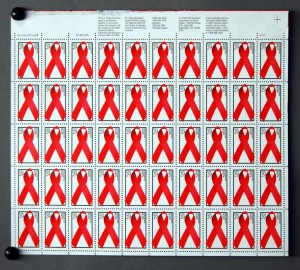
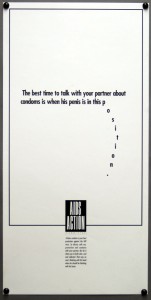
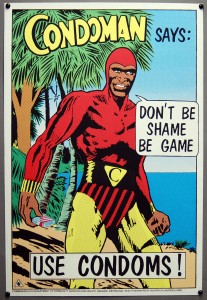
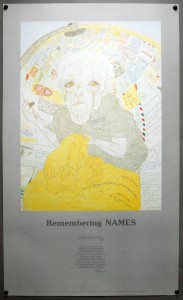
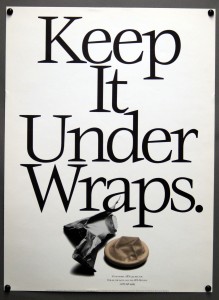
![Image of Wonder Stories' form rejection letter for Wollheim's "The Second Moon", [1933]](https://blogs.lib.ku.edu/spencer/wp-content/uploads/2013/11/MS_250_b4_f8_form1.jpg)
![Image of Wonder Stories' form rejection letter for Wollheim's "The Discovery of the Martians", [1933].](https://blogs.lib.ku.edu/spencer/wp-content/uploads/2013/11/MS_250_b4_f8_form2.jpg)
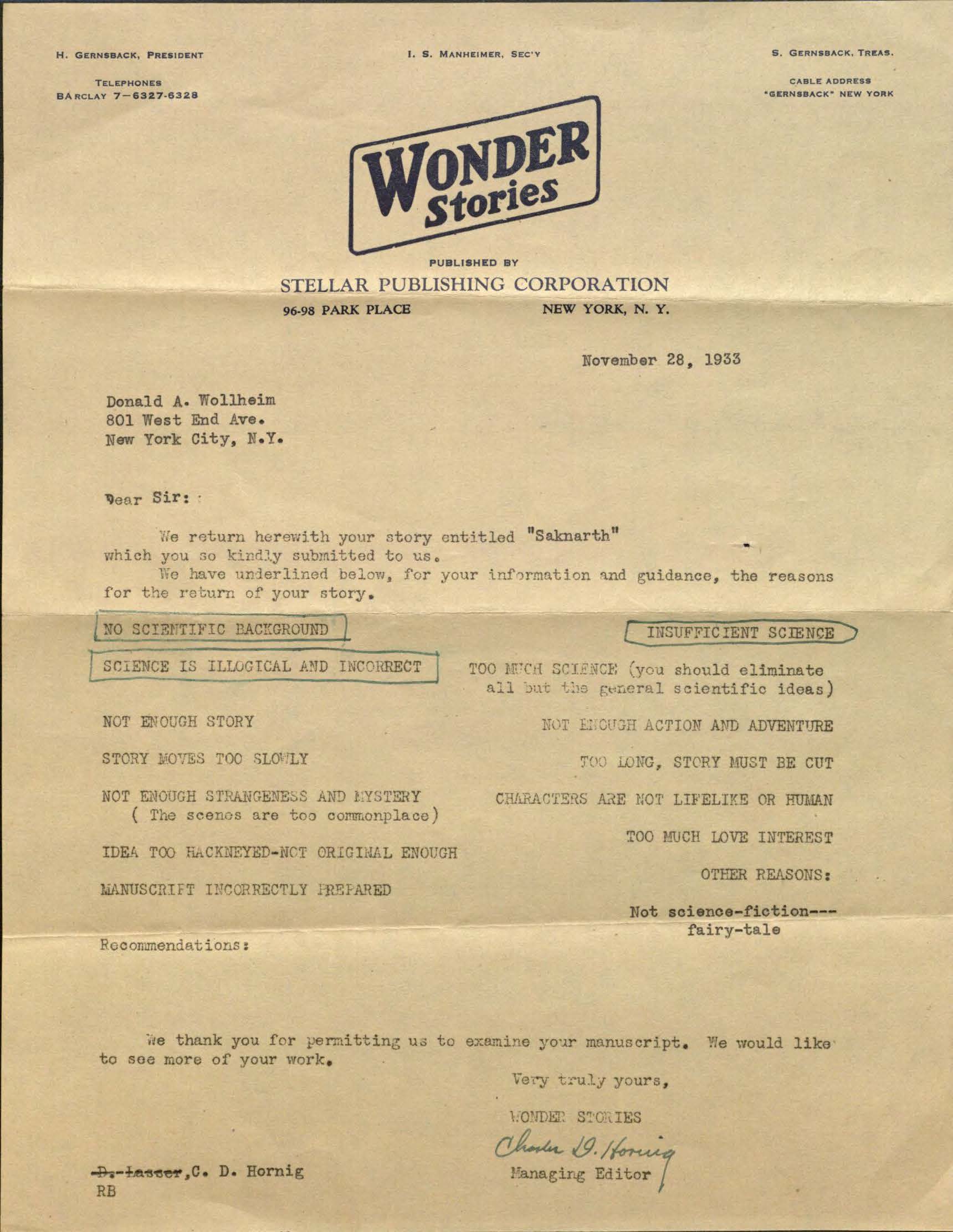
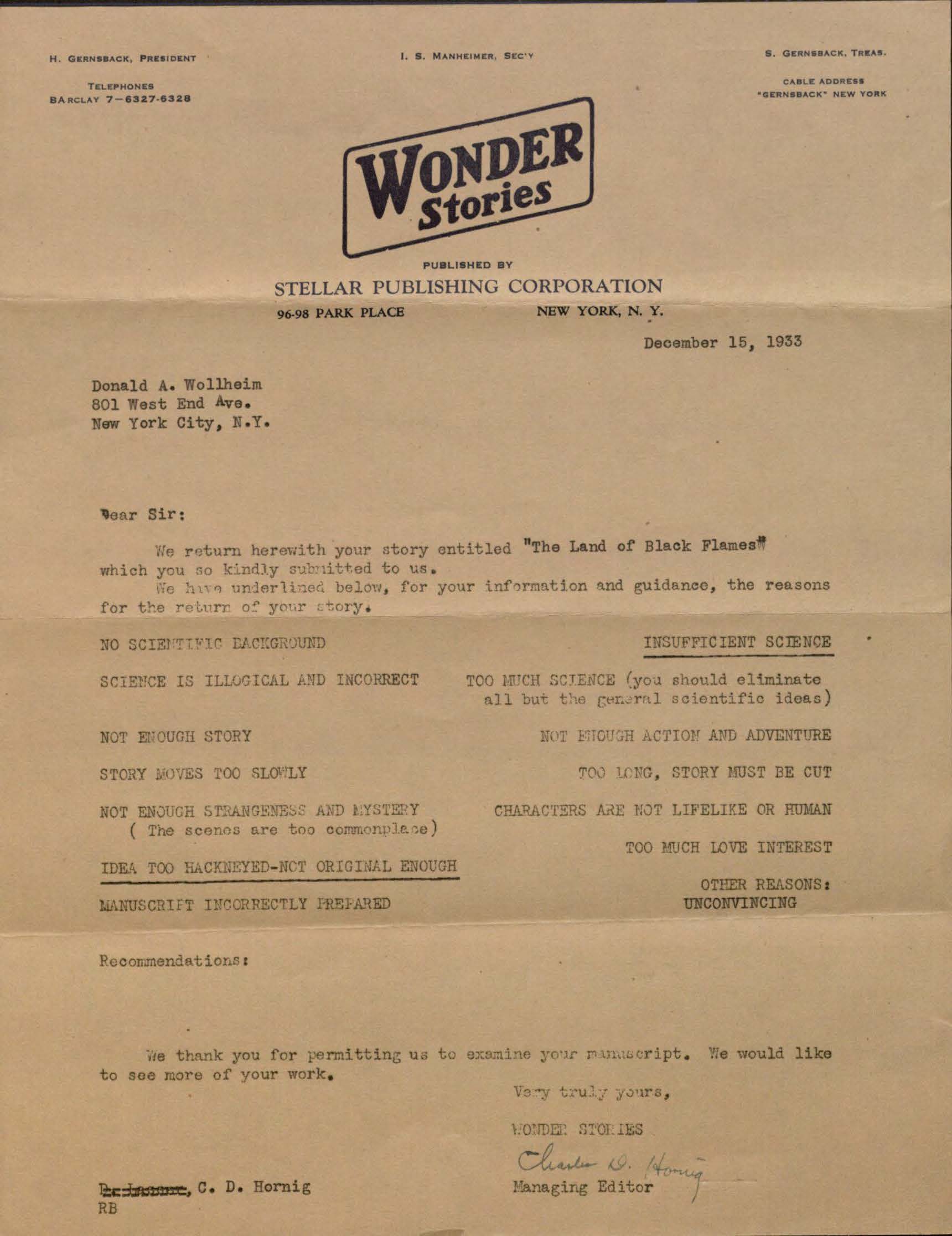
![Detail from Wonder Stories' form rejection letter for Donald A. Wollheim's Story "The Second Moon," [ca. 1933]](https://blogs.lib.ku.edu/spencer/wp-content/uploads/2013/11/MS_250_b4_f8_form1_detail.jpg)
